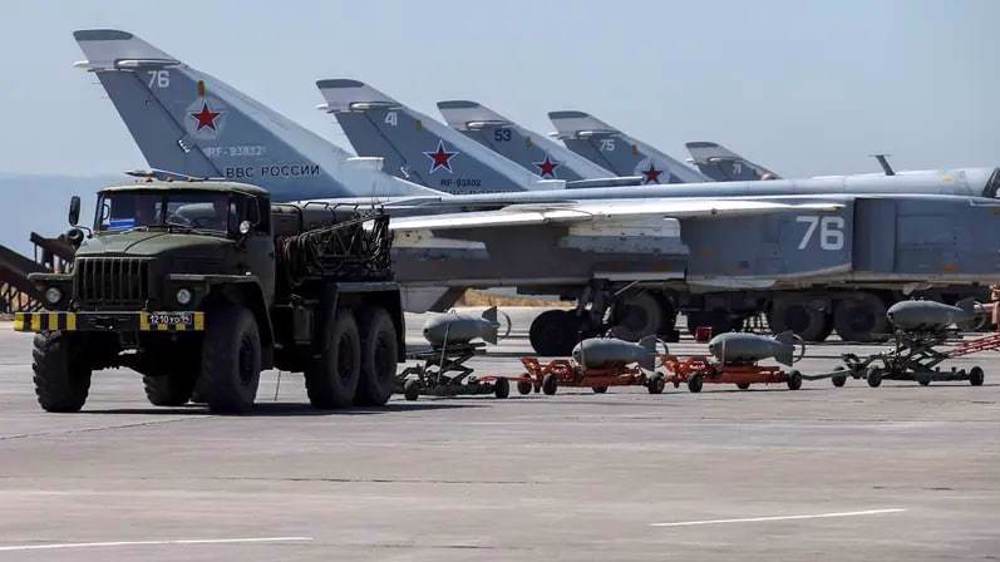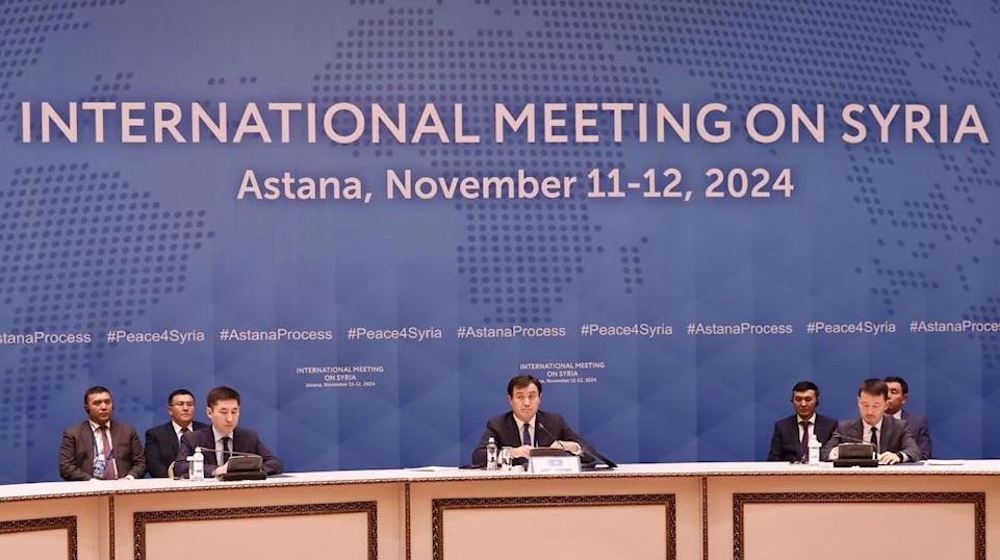Russia tests short-range nuclear missile interceptor: Video
Russia's military has successfully launched a short-range interceptor missile, capable of delivering a nuclear warhead in a ballistic flight trajectory, to boost the country's defensive network, the Defense Ministry says.
The Russian Strategic Missile Troops and Aerospace Forces (VKS) jointly carried out the launch of a 53T6 (SH-08 Gazelle) endoatmospheric interceptor missile at the Sary Shagan test range in Kazakhstan on Friday, said Col. Andrey Prikhodko, a VKS deputy commander.
"During the test, the anti-ballistic missile (ABM) successfully accomplished its task and destroyed the designated target," he said, referring to the country's A-135 ABM system, which has been designed to protect the capital Moscow and its surroundings from a possible nuclear missile strike.
The A-135 ABM system includes phased-array radars, a command center and launchers, which fire two types of interceptor missiles, the long-range 51T6 and the short-range 53T6, both designed to be tipped with nuclear warheads to eliminate any incoming nuclear warheads with a nuclear blast in the air.
The 10-meter-long 53T6 missile is reportedly capable of carrying a 10-kiloton nuclear warhead to as far as 80 kilometers at a speed of three kilometers per second.
The defensive system, operational since 1995, reportedly uses 68 launchers for 53T6 interceptors at five launch sites with 12 or 16 missiles each. It also employs 16 launchers for 51T6 interceptors at two launch sites with eight missiles each.
The Russian military tests interceptor ballistic missiles roughly annually to confirm their combat readiness. A video of Friday's launch was released by the Russian Defense Ministry. The short-range missile launched on Friday did not deliver a nuclear warhead.
Russia says the A-135 ABM defensive system is compliant with the 1972 Anti-Ballistic Missile Treaty, from which the United States unilaterally pulled out in 2002.
Iran's defense chief vows to continue support for Syria, resistance front
Israel sends draft orders to more ultra-Orthodox amid war on Gaza, Lebanon
CAIR condemns ‘Genocide Joe’ Biden’s support for Israeli atrocities in Gaza
Hezbollah’s media relations chief killed in Israeli strike on Beirut, reports say
How CPJ masks the truth about Palestinian journalists killed by Israel in Gaza
Assad: Eradicating terrorism regional, int’l responsibility
‘Fascist occupation army’: Hamas slams Israeli onslaught on Beit Lahiya
VIDEO | Press TV's News Headlines










 This makes it easy to access the Press TV website
This makes it easy to access the Press TV website